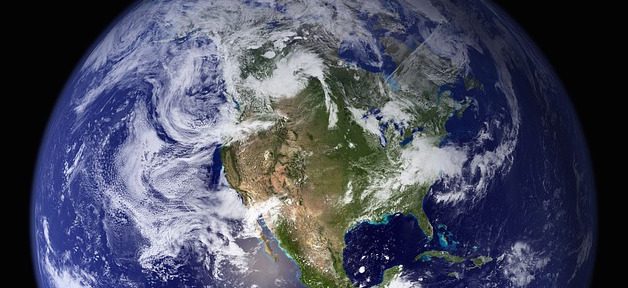By Michael Kelly, AliveTampaBay Correspondent
Today more than 1 billion people from over 195 countries will participate in the global event known as Earth Day in an effort to celebrate the planet’s environment and raise public awareness about pollution. With things like rallies, conferences, outdoor activities and service projects, everyone from grade school children to global ambassadors will be taking part in the holiday one way or another.
With any such massive, worldwide event, it begs the question: what is it and why do people care? The origins of Earth Day can be traced back to the 1960s. Public awareness of environmental problems and pollution were on the rise, and small rallies were held around the United States in an effort to enact legislative change. Books like Rachel Carson’s Silent Spring were an eye opening look at the use of pesticides on crops, and water and air quality were starting to regress as corporate greed pushed aside public health.
In 1969, an oil spill in Santa Barbara, California, motivated Wisconsin Senator Gaylord Nelson to begin a movement to educate the public on the importance of a clean planet. Nelson, inspired by the student-led anti-Vietnam War movement, wanted to capture that youthful energy and build on it towards a conscious public in regards to clean air and water.
The following year, on April 22, 1970, Earth Day was born. Over 20 million Americans participated in coast-to-coast rallies in schools, parks, and auditoriums in more than 2,000 colleges and 10,000 public schools to demonstrate for a healthy, sustainable environment. Suddenly activist groups that had been fighting oil spills, raw sewage, toxic dumps, pesticides and wildlife extinction all realized they had common values.
Earth Day has helped form the Environmental Protection Agency, the Clean Air Act, Clean Water Act, and Endangered Species Acts. In its short history, it has also achieved the rare feat of earning support from both Republicans and Democrats, the rich and the poor, and those from urban and rural communities.
In the coming decades Earth Day would become a global movement and spread to all continents and be recognized by almost every country on the planet. In 1990, Earth Day officially went global, and 200 million people in 141 countries took part in the event.
Earth Day has seen a positive progression throughout its lifetime, but it is has had its fair share of obstacles. Climate change deniers, well-funded oil lobbyists, hesitant politicians, and an apathetic public have certainly stopped Earth Day from its massive potential. Despite this adversity, Earth Day is currently the largest secular observance in the world, and is celebrated by over a billion people every year.
Gaylord Nelson passed away in 2005, but his famous day lives on. In 1995, President Clinton awarded Nelson with the Medal of Freedom, the highest honor an American citizen can earn.
If you’re interested in ways to get involved in Tampa Bay this Earth Day, click this link for more information.


